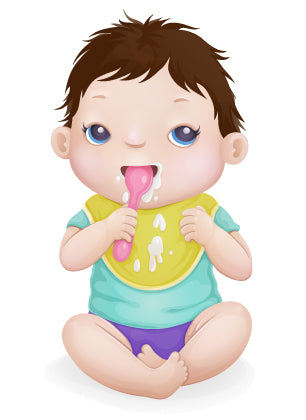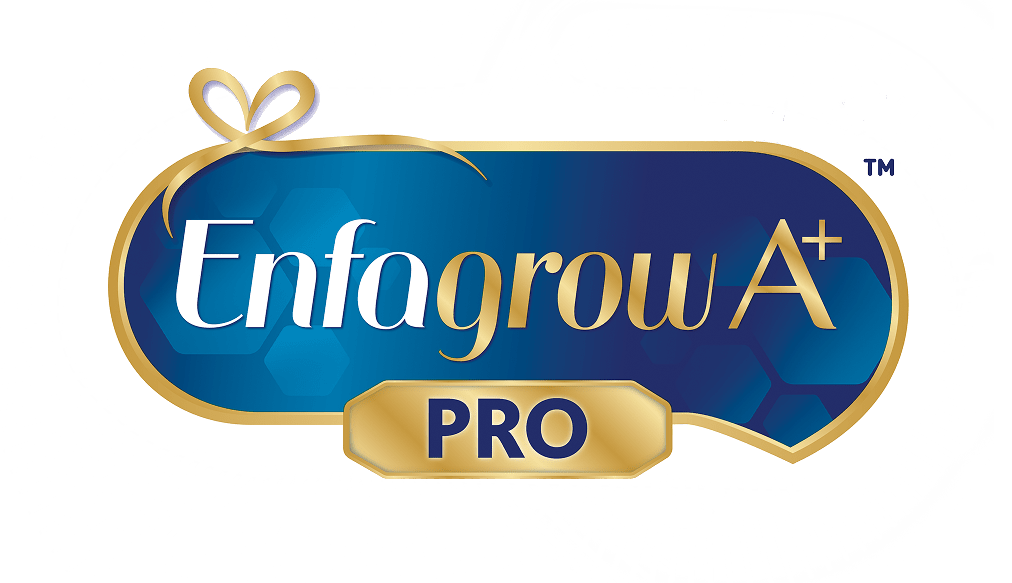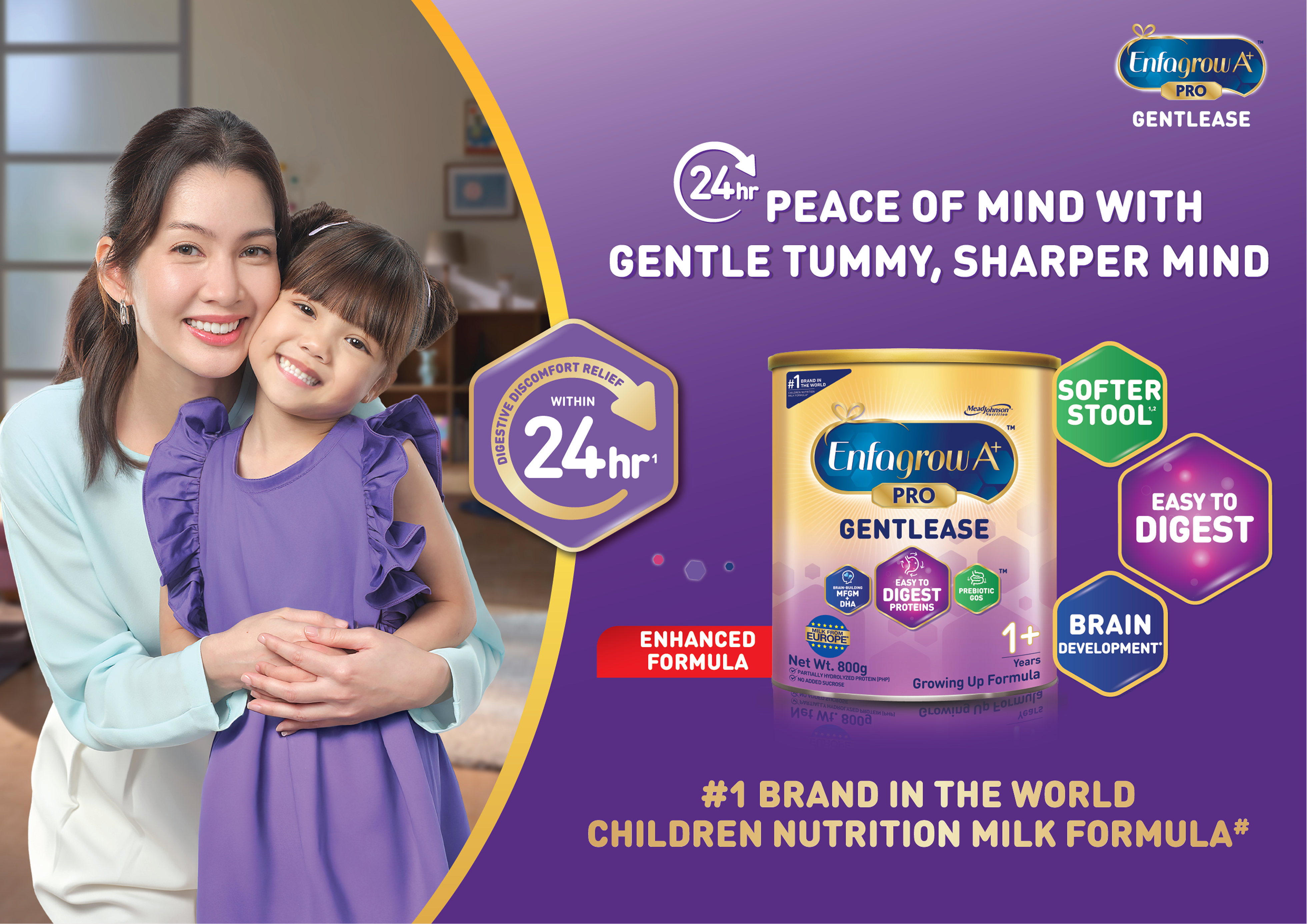
All babies have their own timetable, but you can watch for certain developments in your 10-month-old. Celebrate with your baby as she reaches or nears these milestones.
Cognitive
-
Understands how to use many objects (cuddling a stuffed toy, shaking a rattle, putting a cup to lips)
-
Understands object permanence well (will look for an object that’s hidden because she knows it’s there)
-
Expanding attention span, from two to three minutes at 8 months to 15 minutes at 12 months
-
Attracted to novelty (new toys, objects)
-
Explores playthings in new ways (touching, banging, dropping)
-
Increasingly shows memory of recent events
Motor
-
Rolls over quickly and suddenly
-
Has good accuracy picking up objects with fingers (the pincer grasp)
-
Getting better at releasing objects from grasp
-
Points and pokes with index finger
-
Feeds self, though messily
-
May drink from cup
-
Sits up unsupported for long periods
-
May pull herself to standing
-
Stands with support (holding onto fingers or furniture)
-
Crawls up stairs
-
May take first steps or even walk (though most don’t yet)
Communication
-
Recognizes own name
-
Understands many things said to her
-
Shakes head or frowns to express “no” or as a response to “no”
-
Holds out arms to be picked up
-
Babbles in long groups of consonant and vowel sounds, like “tata upupup ba ba ba!”
-
Babbles using the cadences and inflections of real conversation
-
May use “Ma ma” and “Da da” to refer specifically to parents
-
May say other early words, though probably not with good pronunciation (“ba ba” for “bottle,” “mok” for “milk”)

Social
-
Accurately mimics expressions and sounds made by others
-
Enjoys being around other babies (but can’t yet play together)
-
Enjoys watching older children
-
Watches for your reactions (to banging or laughing)
-
Stranger anxiety (shyness around strangers) continues
-
Shows separation anxiety (crying or showing distress when you leave the room), which peaks between 10 and 18 months
-
May wave good-bye



